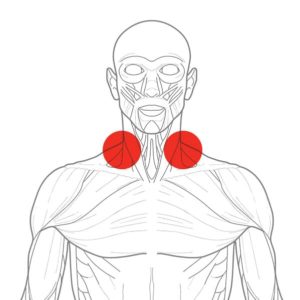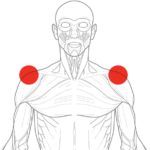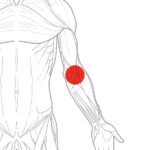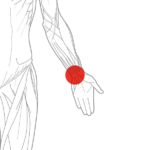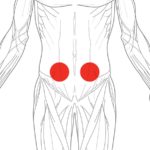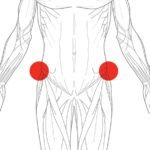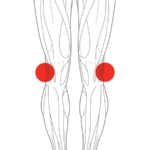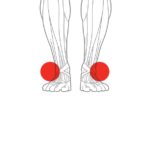Why Prehab is Better Than Yoga for BJJ Injury Prevention
Heather Raftery
If you struggle with BJJ injuries, read on to learn my Prehab is better than strength and conditioning and yoga for BJJ injury prevention.
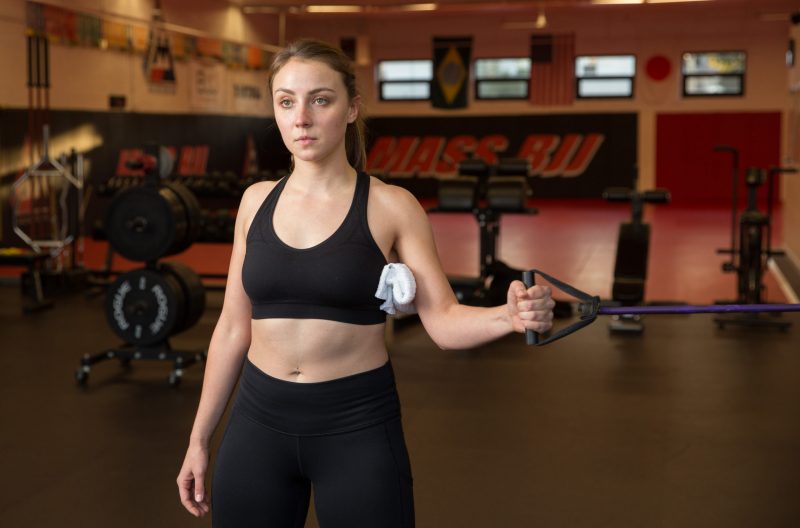
Why Prehab is Better than S&C or Yoga for BJJ Injury Prevention
When it comes to training jiu-jitsu, injuries are nearly inevitable. So whatever your goals are for your jiu-jitsu journey, staying healthy (ie, preventing an injury) should be a priority.
There are many cross-training programs out there including strength and conditioning programs and yoga for BJJ. These programs are a great way to expand your BJJ fitness when you’re not on the mat. Here’s why prehab is arguable the most important one.
Prehab is your injury prevention insurance
In jiu-jitsu and in life, we need to acknowledging the risk of injury. Rather than do nothing and hope it doesn’t happen, it’s much better to take proactive measures to mitigate its potential impact upon your wallet and lifestyle.
Prehab is essentially your injury and rehab prevention insurance.
When you buy health insurance, ideally a major illness or injury hasn’t happened to you yet (pre-existing conditions are a real buzz kill!). Instead, you’re investing some money to prevent a future event from costing you loads of money down the road.
When you do prehab, ideally you’re also doing it before a major injury has happened. As such, you’re investing both time and money to help prevent it or at least reduce its severity, as well as the amount of time and money spent on rehab.
“Oh, I hurt my knee because my hamstrings are tight and I was rolling with that big beast over there,” you might say. And then you sign up for an intensive strength and conditioning program.
Or “I strained my back because I’m not flexible enough to invert properly.” And then you sign up at your nearest yoga studio.
These are all well and good and will provide some benefits to your jiu-jitsu game. However, when it comes to injury prevention, they fall short. Your average S&C coach or yogi typically doesn’t have enough experience or understanding of the physical pathologies that contribute to most activity-related injuries.
Physical pathologies that contribute to injury
What exactly are these pathologies? They are: weak core and supportive muscles, poor flexibility and/or elasticity of the muscle tissue, poor posture, reduced mobility and improper biomechanics.
Let’s take a look at each of these, addressing how a prehab routine targets these weaknesses and imbalances in a more direct, comprehensive way than both S&C and yoga, even if you are practicing S&C and yoga for BJJ purposes.
1. Weak core and supportive muscles
Your S&C program might give you a six-pack and bulging muscles, but most of those movements are unilateral. They aim at building the major muscles while ignoring all the minor supporting muscles that play important roles in stabilizing the spine, protecting the major joints, and transferring force throughout your body. Yoga probably does a better job of building overall core strength and strengthening the smaller supporting muscles, particularly if you can perform the balancing poses. But it does so largely via static holds. Prehab acknowledges the need for both static and dynamic strengthening exercises. This is because prehab is founded on a deep understanding of the musculoskeletal system and its proper functioning.
2. Poor flexibility and muscle tissue elasticity
Let’s be honest now… how often do you stretch before, during or after your S&C session? The average gym-goer focuses more on building muscle and getting stronger than they do in becoming more flexible. Yes, you might experience a slight increase in flexibility with time and repetition of certain movements, but that’s not the primary focus of S&C programs. Yoga is largely focused on increasing one’s flexibility. But yoga doesn’t typically provide an individualized routine and nor address poor elasticity of certain injury-prone muscles tissues. Prehab, on the other hand, is targeted and tailored to an individual needs. Because it is based on an in-depth understanding of the physical body, it targets both general flexibility and elasticity of the muscles and connective tissues.
3. Poor posture
In general, both a solid S&C routine and yoga will do wonders for your posture… if done correctly. Poor posture is caused by one or more of the following: poor body awareness, poor core stability, inactivity, occupational demands, joint stiffness, muscle tightness, or muscle weakness. However, if done incorrectly, they may harm your posture future. If you push yourself too far – especially without addressing any existing postural imbalances – you can pull something or otherwise injure yourself. Prehab sees posture as an integral component to healthy body mechanics. It then delivers a tailored program to target postural weaknesses in a safe and conservative manner.
4. Reduced mobility and improper biomechanics
Poor mobility and improper biomechanics go hand-in-hand. One can cause and/or exacerbate the other, and vice versa. A good S&C program will demand proper biomechanics and good mobility. This is especially so if you’re lifting some heavy weight or trying to perform a dynamic movement. But it does not necessarily focus specifically on correcting them. A good S&C coach will give you tips on improving your mobility or biomechanics, but with the goal of lifting more or moving faster. Of course, a bad S&C coach will do nothing but cause you harm. Likewise, yoga also demands proper biomechanics and good mobility, and may contribute to improvements in these areas. But the average yogi doesn’t have the deeper understanding needed to provide tailored instruction in correcting imbalances or weaknesses. Improving an individual’s mobility and proper biomechanics is precisely what a physical therapist specializes in.
Conclusion
As I mentioned before, both yoga and a good S&C program could provide benefits to your jiu-jitsu game. Who doesn’t want to be stronger and more flexible on the mat? However, if your intent is to prevent injuries on the mat, there are better ways.
Prehab is entirely focused on injury prevention. And it is founded on a vast and in-depth knowledge of the human body and the musculoskeletal system. So, if you’re looking for some injury prevention insurance, your prehab program will be an invaluable investment into keeping you on the mat and in one piece.
Heather Raftery is an Atos black belt, freelance writer and social scientist (BA in Journalism and Anthropology, MA in International Studies). She has written for FloGrappling, Jiu Jitsu Magazine, Fighters Market and BJJ Prehab.


